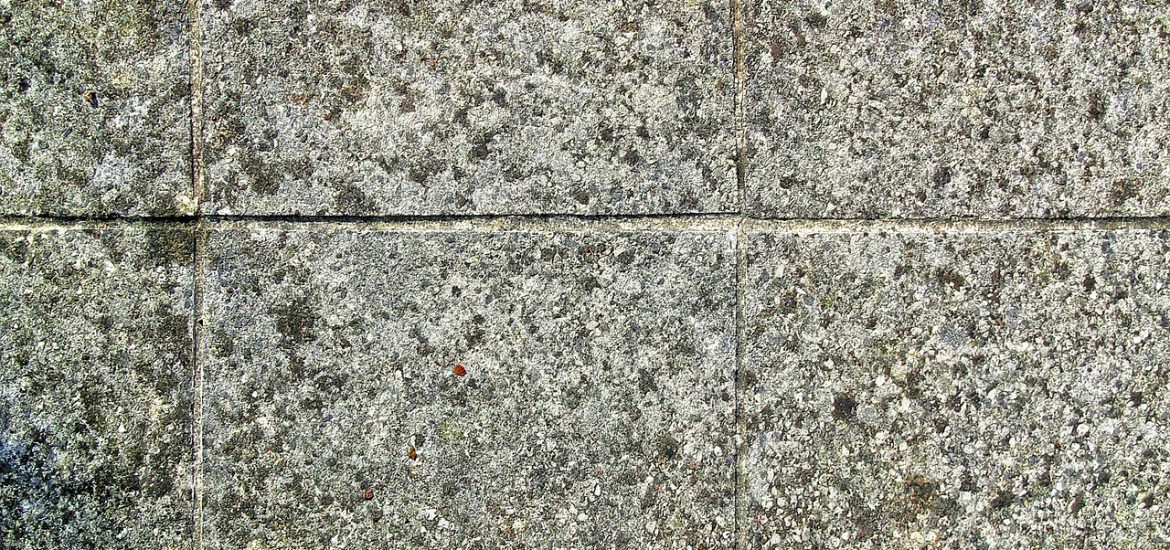Concrete slabs are a modern ingenuity that has given rise to modern buildings, houses, and just about every structure we see today. But we generally don’t know much about concrete slabs in general, where they came from, and the various uses they bring. And if you’re about to search “concrete slab San Diego” to try and find a reputable contractor for your projects in San Diego, we can save you a search by recommending a contractor we know to be skilled and experienced.
In this article, we look into concrete slabs – not as a part of a bigger structure, but as a singular invention that has changed modern construction and that is worthy of its own article.
What is a concrete slab?
In construction terms, a concrete slab is a structural element that is mainly used for creating flat surfaces on floors, ceilings, or on any other part of the structure that needs it. Concrete slabs used in construction can either come pre-fabricated and put into position or mixed and poured on-site, depending on the contractor and the project.
They come in a variety of sizes and thicknesses depending on where they are to be placed. But generally, slabs can be categorized as small (or leaner), medium-sized, or large slabs. Depending on the kind of slab you are using, you may be targeting different areas and uses for the concrete slab. There are various types of concrete slabs and each type has a specific use it was designed for.
The different types of concrete slabs and their uses
- Flat slabs
Flat slabs are a kind of reinforced slab that is directly supported by columns without the use of beams. Because it generally requires a little framework, it is generally easier to construct compared to other slabs.
They can be used in industrial and residential settings where beams are not required like garages and warehouses, but because many come pre-fabricated, they can also be used to make ramps and other smaller structures.
- Conventional slabs
Conventional slabs should be supported by both columns and beams, which distributes the load equally. This is what makes them different from flat slabs.
Conventional slabs can be used in a number of ways and in a number of places. From the home as ceilings to industrial structures like warehouses and parking lots, conventional slabs can be found useful.
- Hollow-core ribbed slab
This kind of slab has a striking appearance because of the deep longitudinal cores that run through the slab, which not only decreases the weight of the slab but also has the economic purpose of using less cement than other types.
Because it can achieve long spans without being too heavy, hollow-core ribbed slabs are perfect for large spaces like corporate office buildings and multi-story parking lots.
- Waffle slab
Deep-sided square grids give the waffle slab its appearance from which it gets its name. Like hollow-core ribbed slabs, they are lighter than other kinds.
But because they do not need columns to hold them up, waffle slabs are most often used in large spaces that do not want numerous columns blocking the expanse of the area.
- Solid slab raft
To overcome lightly-loaded buildings or weak soil, solid slab rafts are used as a kind of shallow foundation before a building or structure is constructed on top of it.
It gets its name from the fact that it appears to look like a raft floating on water when it is installed on shallow ground.
- Composite slabs
Composite slabs are made from reinforced concrete that is poured on top of steel decking. It is an incredibly strong and reinforced slab that is commonly used for large and heavy structures like multi-story buildings and bridges.

